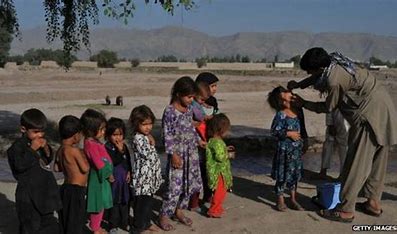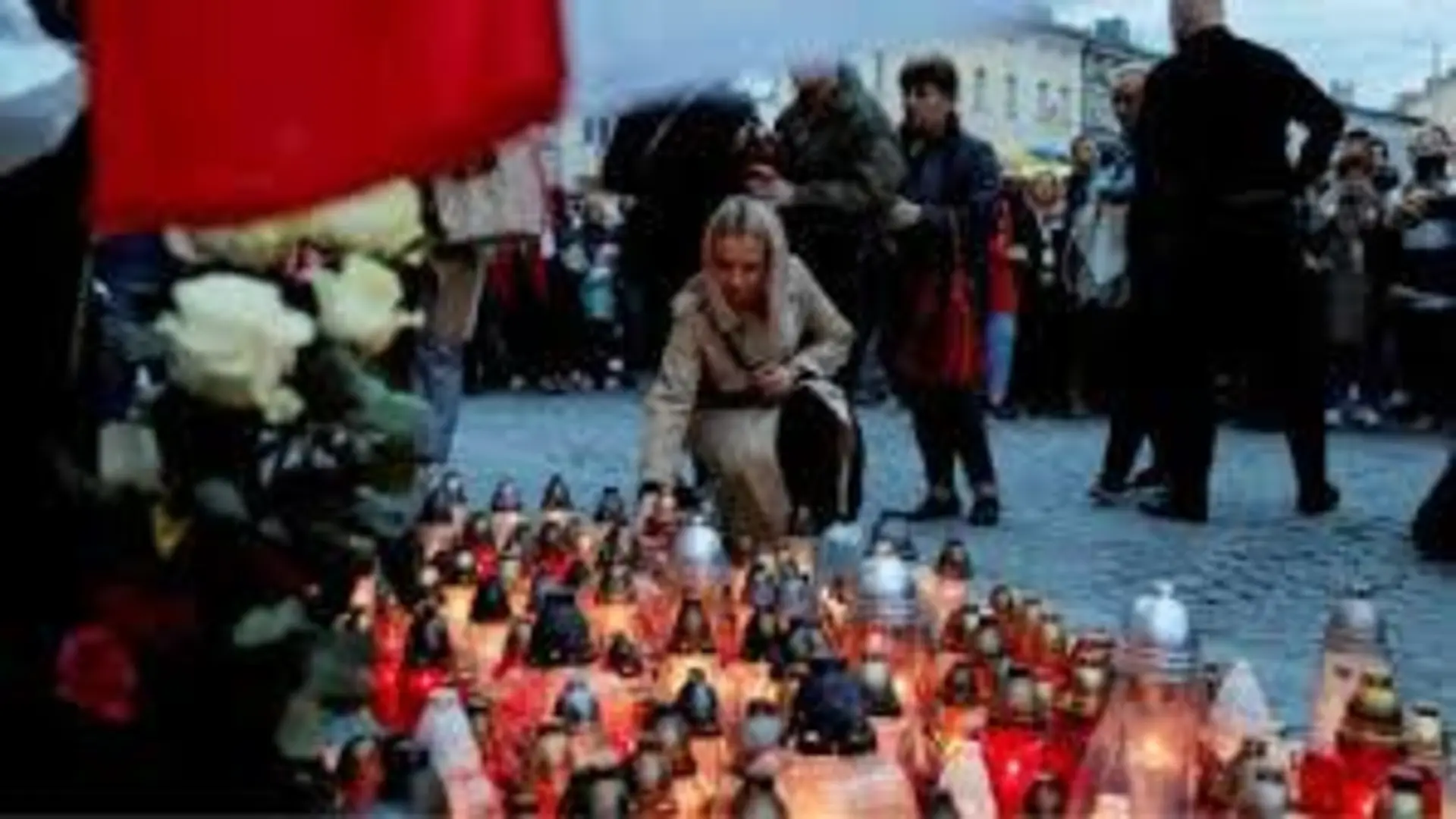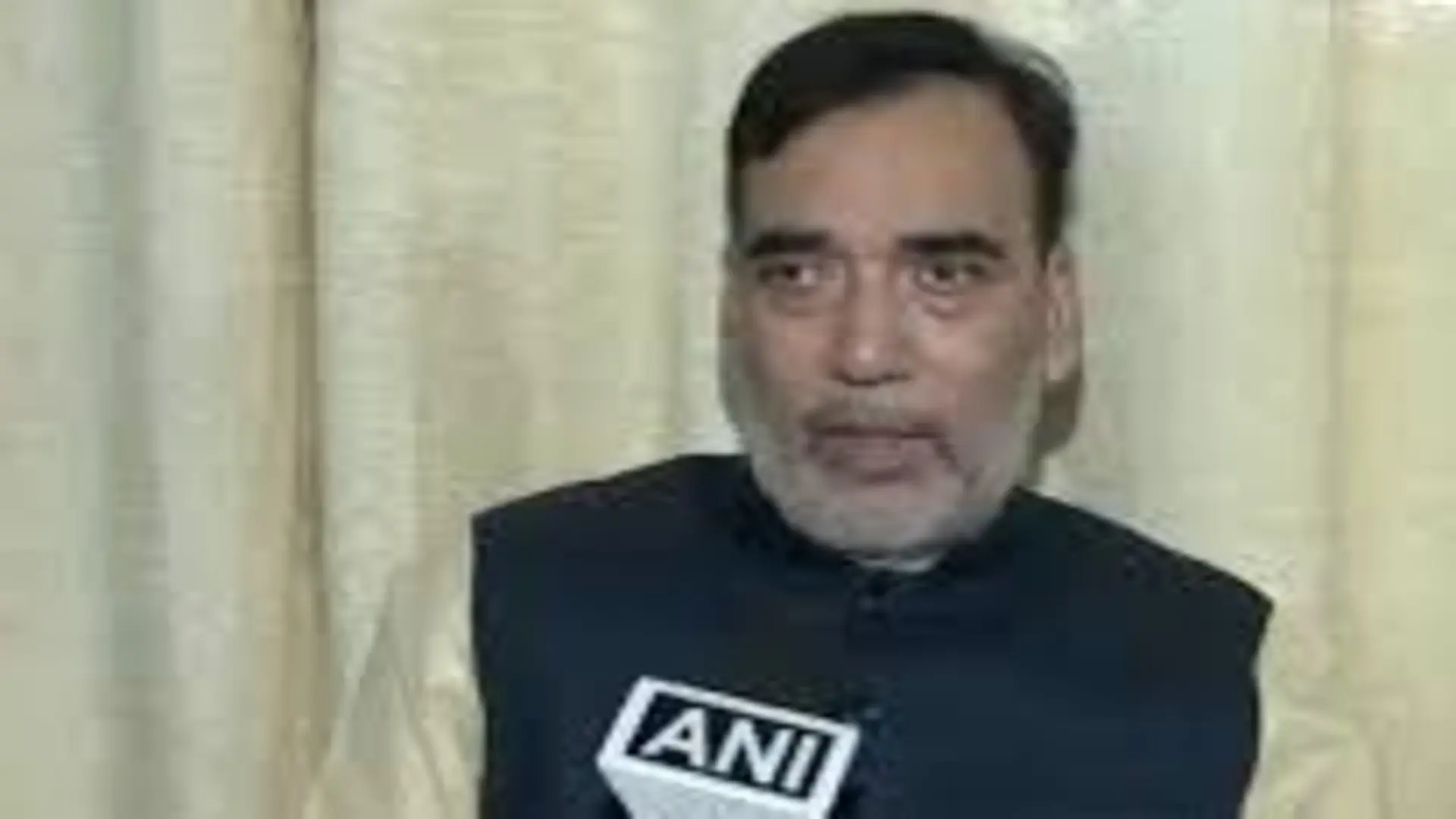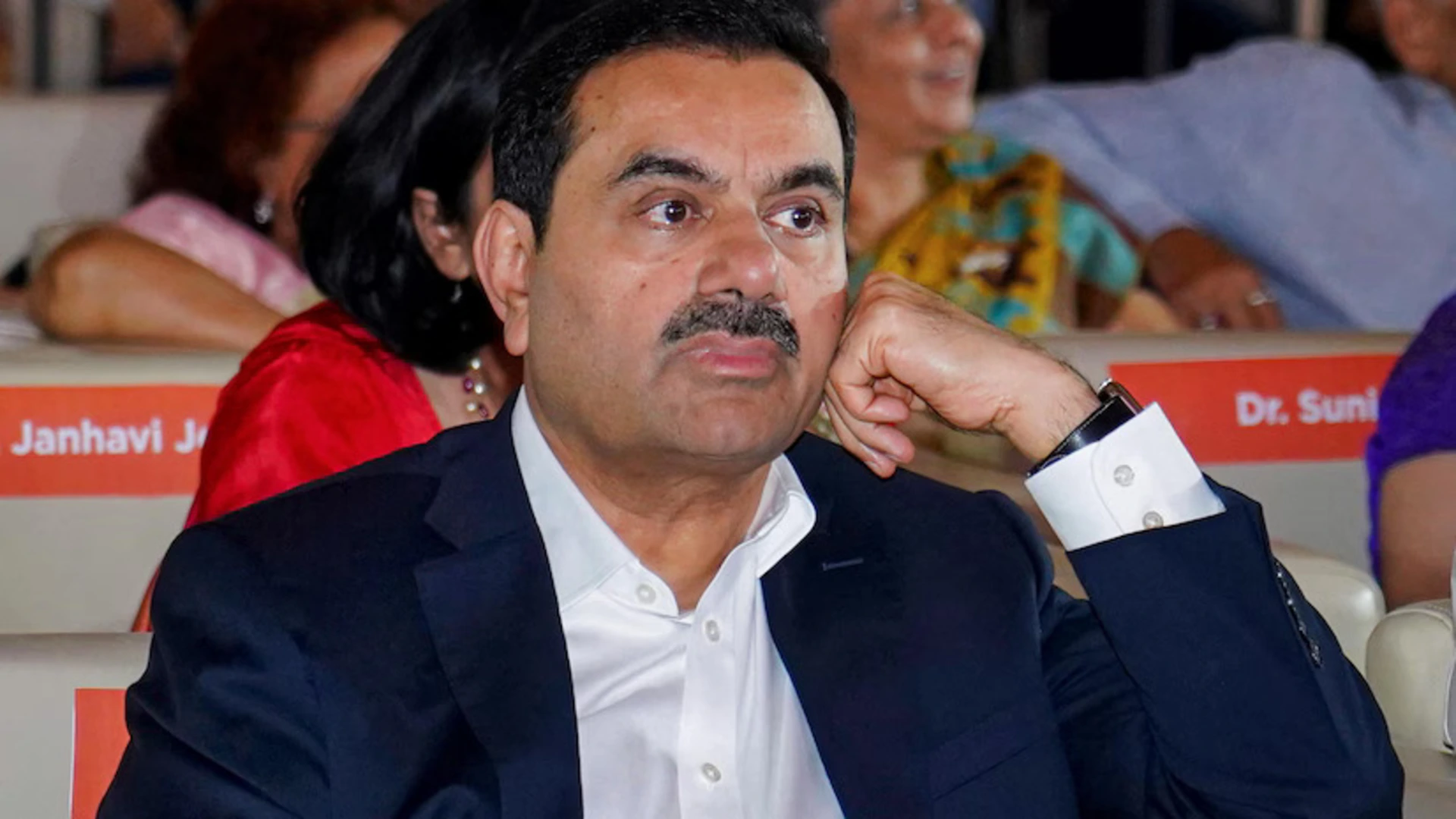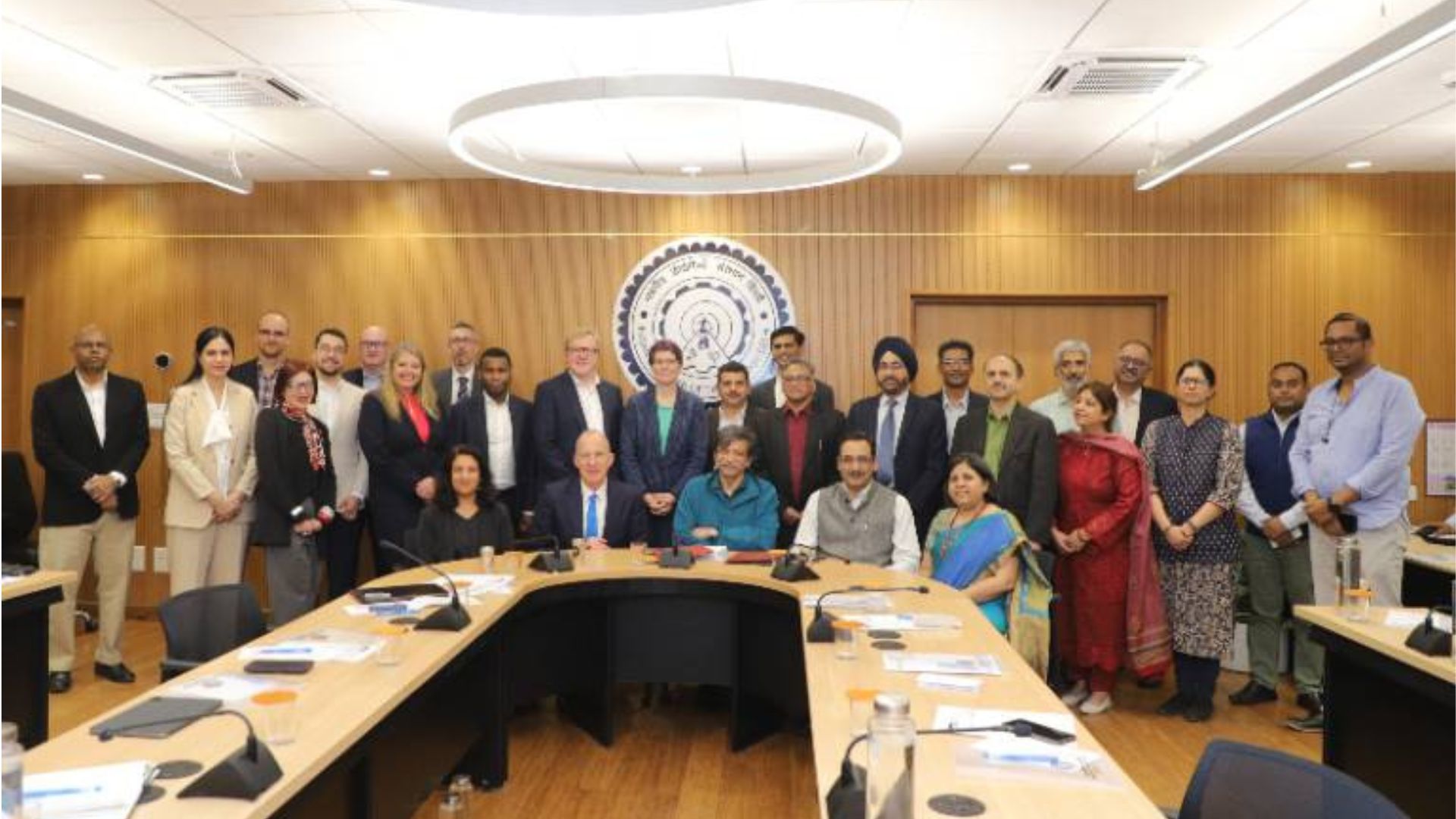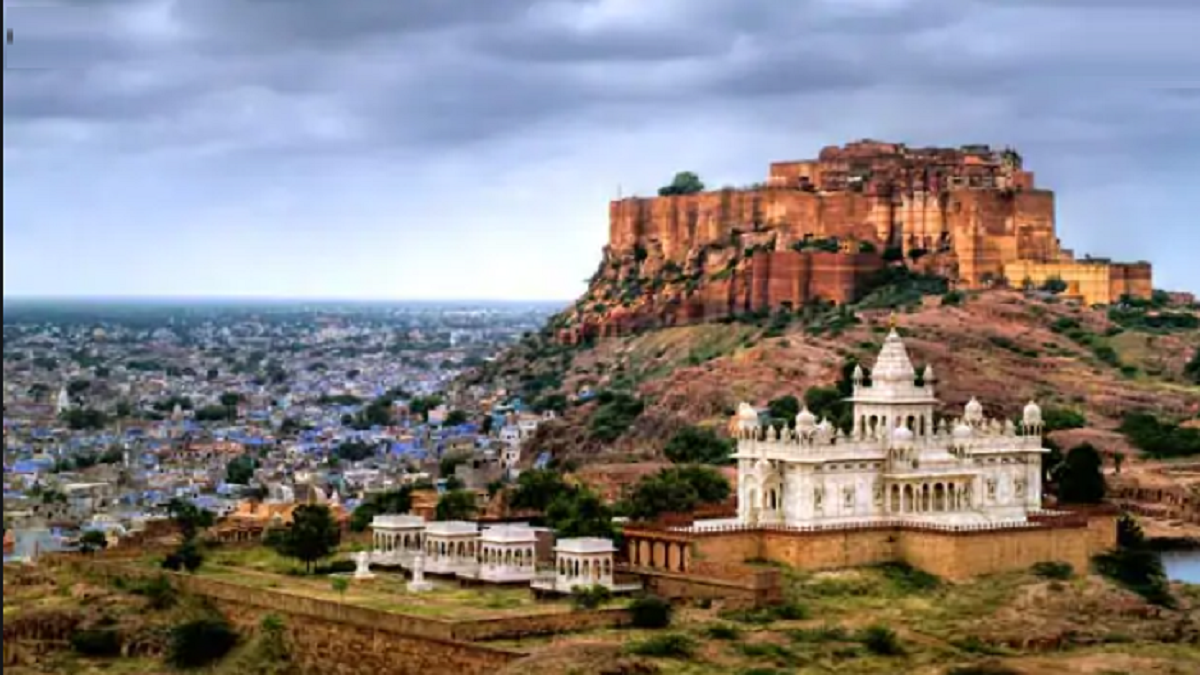
HITESHREE DAS
“Which museum director would go in the courtyard and play cricket with the school children? Karni”
—Neil Greentree
Jodhpur serves as the heart of Marwar. Through tactful utilisation of its undulated topography for defence and water conservation, Jodhpur as a capital city was established in 1459 AD. Thus was laid the groundwork for Mehrangarh Fort, a 1200-acre engineering marvel carved out of monolithic volcanic rock and sandstone. So colossal are the fort’s proportions that Kipling called it “the work of giants.” In its current life as the Mehrangarh Museum Trust, this 15th century fort has served as a leading cultural institution at the forefront of conservation and a centre for academic study under its 21st century general, the late director Karni Singh Jasol.
I have had the honour of calling him my uncle and, more affectionately, Mamosa. The Indian term for a maternal uncle, “mama,” literally translates to “a person twice as much as a mother,” implying a rare relationship with another person who would do twice as many things unconditionally as your own mother and that is exactly what my relationship with my mamosa was.
I recall accompanying my parents as a four-year-old to see him off at the Delhi Cantt. Railway station after his meetings and staying two additional days to help organise and attend my fourth birthday celebration.
I was insistent on going to Jodhpur with my mamosa, simply to remain around him a little longer. Perhaps the choice to write this article about him stems from a similar wish: to be with him for just a little bit longer, for one last time.
My uncle was introduced to the distinguished world of art history very early in his childhood, while his father Thakur Nahar Singhji Jasol (my grandfather) served as a historian and the second director of the Mehrangarh fort.
In its formative stages as a site of tourist attraction, the fort created formal jobs for the people of Marwar. People of all ranks, castes, and classes were offered positions as museum attendants, gatekeepers, and tour guides in a post-independent India when jobs were rarely offered to those without a formal school-level education. Families in need from my grandmother’s hamlet, Kunda, thrust deep in the Thar Desert, were given an opportunity to contribute to the birth of a pioneering cultural institution that Mehrangarh was to become in a few decades. As a child, my uncle would often be carried on the shoulders of the people who worked there, and soon he grew up to shoulder the responsibility of their progress and their children’s development. Perhaps my uncle’s implicit exposure to the subject in the context of a redeveloping institution with limited resources, yet a source of hope for many, influenced his perspective of the arts differently, compared to the emerging art scene in the Indian metropolis. Trained by Mapu (Late Martand Singhji) and Marukh Tarapor, my uncle sought to provide livelihoods and a respectable lifestyle for the people of Marwar by revitalising traditional knowledge systems.
While my uncle learned primarily through observation and executed tasks pragmatically, he was also formally trained in museology. After his schooling at Mayo College, Ajmer, he pursued museum management, Indian history, and ethno-archaeology at Maharaja Sayajirao University (MSU), Vadodara. Soon after, he was awarded the Charles Wallace Award for his study on the collection management and storage system at the Victoria and Albert Museum in London. He subsequently also received the Nehru Trust Award, the Alfred H. Barr Jr. Award, Fulbright Scholar Recognition, and a certification from UNESCO for being the key person responsible for museum artefact conservation and interpretation at Chowmahalla Palace, Hyderabad.
“Karni is Mehrangarh, and Mehrangarh is Karni” say those who’ve known him. He viewed Mehrangarh as a landscape of palaces, water bodies, religious sites, and gardens that collaboratively contribute to providing a glimpse into the relentless spirit of Marwar—one that can turn “scarcity into success.” He provided this as a unique view to any cultural discourse at a global forum. In contrast to most museum complexes in the West, he urged and emphasised that any historical site in this geography must first proclaim its original role as a cultural space or a public service institution before identifying as a museum.
Although I like to compare his role as the director of the fort to that of an army general. Instead of stiff khakis and medals on the breast pocket, this general was usually adorned in cotton shirts, a linen Nehru jacket with a pocket square, dark corduroy trousers, and formal laced shoes or mojris. Statuesquely tall, firm in his walk and decisions, yet gentle and graceful in the way he carried himself. Opening the door for a lady, be she young or senior, offering help to lift heavy luggage without knowing another person, or giving a ride to a stranger waiting for conveyance in the heat—all came naturally to him. He defined what it means to be a true gentleman. He thought in simple and practical ways. His instructions and advice were always well thought through, to-the-point and brief, just like the meetings he called upon.
In the year 2001, Karni Singh Jasol set foot in Mehrangarh in a professional capacity as an assistant curator. “That day was a special day disguised in normality. “No one imagined this slender, innocent boy would take Mehrangarh and Marwar to the world’s stage some day,” says Dr. Mahendra Singh Tanwar, assistant director of the Library & Archives at Mehrangarh.
Under the guidance of His Highness Maharaja Gaj Singhji II, my uncle carried out his commandant’s vision as his own. He had the rare quality of making fine observations and distilling ideas to their absolute essence.
The restoration of the Nagaur-Ahhichatragarh fort is one such example. Under my uncle’s leadership, the Mehrangarh Museum Trust undertook its mighty restoration project, using a blend of both traditional building methods and modern scientific techniques. Today, the fort serves as a revered venue for the World Sacred Spirit Festival, a music festival that transcends communities, cultures, and creeds through spiritual music traditions like sufi and baul.
Within an “auspicious” number of 21 years, he transformed the Mehrangarh fort into an archetypal cultural and educational institution by implementing an adaptive re-use strategy. The mahals serve as galleries, displaying a collection of the royal arms, paintings, and palinquins. Courtyards that were once utilised for ceremonial functions now serve as exotic venues for the RIFF, a collaborative folk music festival. The Zenana that was once home to recuperation and maternal care for the maiden queen, is now utilized as the conservation lab. Chidiya Nathji ro Maidan, a field used to train armies, is now a cricket gound forutilisedt’s staff and their children.
While he spent many years perfecting each aspect of the fort experience—from accessibility to cleanliness to visitor engagement—he spent the last decade thinking about how to connect these attributes.Perhaps, as he progressed from an assistant curator to serving as the fort’s director, this idea expanded with him. He called it the Museum Re-Imagination Project.
As per his Museum Re-Imagination Brief, the mighty Mehrangarh experience begins even before one enters its gates. The majestic entrance was to be paired with the drum beats of the royal nagarchis, to provide a glimpse into the dramatic ceremonial processions witnessed by the fort for over six centuries. The Indian custom of offering money to support the arts was the impetus for relocating musicians near the entryway on an accessible platform.
Thus, Karni Singh Jasol first provided jobs and learning opportunities to the people of Marwar, then catered to a diverse audience of the fort and its upkeep, and finally, he presented a dynamic institutional example to the world. He was a modern thinker on a mission to change how history is perceived as a past subject. He brought the fort back to life, not in its “original” glory but in its true living sense as an adaptive space that has always facilitated co-creation and, above all, served the needs of its people.
My uncle spent many weekends ploughing fields in his hometown, Jasol, and then returned to the office on Monday mornings to virtually meet with curators at the Metropolitan Museum of Art or the CSMVS Museum at Mumbai. Similarly, he would host embassy delegations for Champagne tours at the fort at 6 p.m. and be back in the village by 9 p.m., savouring sogras and curd. There was always a blazer hanging behind his seat and a safa placed in the passenger seat, as he frequented Jasol and Jodhpur.
He left a fine example of utilising local creative potential to not only sustain families but many villages of the desert region, weaving an aesthetic of endurance through the ease with which he traversed the intangible barriers between the two realms of art and grassroots people.
